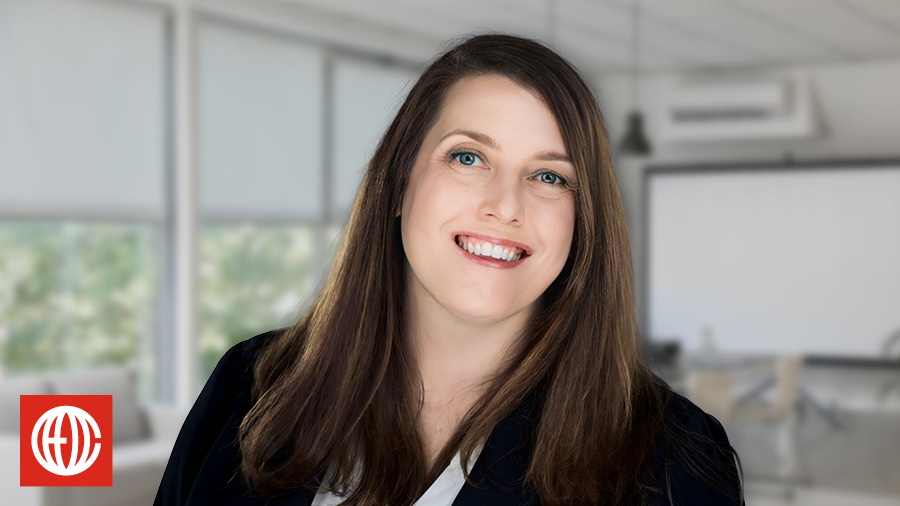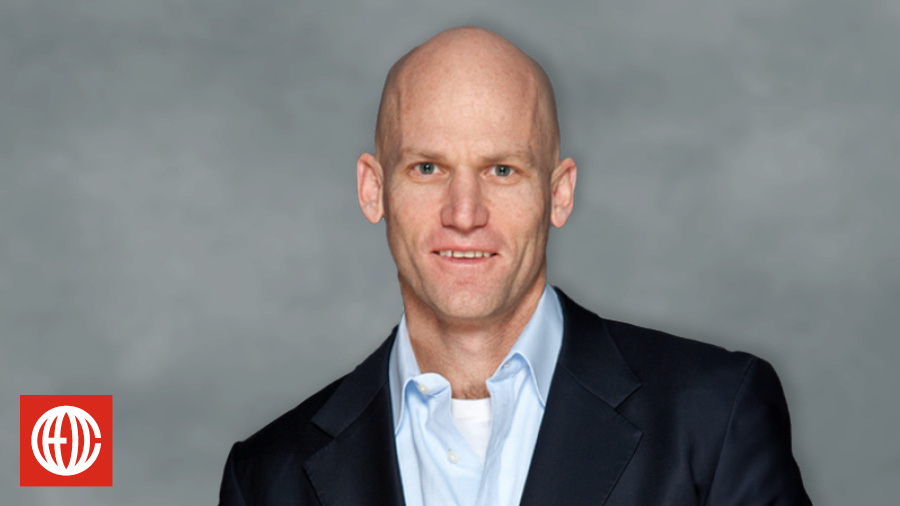
As we gear up for the 2022 Make BIG Happen Summit on Oct. 20-22 in Miami Beach, FL after a three-year hiatus, we’re going to flash back to one of the great conversations we had on the Summit stage during our 2019 event: CEO Coaching International’s Founding Partner and CEO Mark Moses interviewing his friend Josh McCarter, who was president of Mindbody, Inc. (he later became the CEO and today sits on the company’s Board of Directors). Read the recap below, or click one of the links above to listen to the podcast episode.
This is just one example of the types of conversations you’ll hear in person at the upcoming Make BIG Happen Summit. There’s still time to apply to attend! Visit the event page for details.
Quick Background: About ten years ago, Josh McCarter was running a struggling SaaS business in New York. His company was generating about $700,000 in annual revenue, but burning through $350,000 a month. He didn’t have enough cash on hand to cover next month’s payroll. His customer base had flatlined. And just when it seemed like relief was on the way, a terrorist attack disrupted a critical investment. Not even his YPO forum mates thought Josh was going to make it.
I should know – I was in that forum!
In this conversation, recorded live at the 2019 CEO Coaching Summit, Josh and I talked about how he kept cool during all this adversity and focused on a plan that pivoted his company to BIG. Josh also describes how turning around his original company and zeroing in on one key strategy prepared him to run a billion-dollar business.
Key Insights from Josh McCarter on His $2 Billion Turnaround
1. Make a focused plan.
When weak CEOs are in trouble, they start throwing everything they can think of at the wall and hope something sticks. Unfortunately, this kind of unfocused panic only burns through cash faster, spreads your top people too thin, and prevents your leadership team from taking an honest assessment of the business’ underlying problems.
Effective CEOs like Josh focus their business on what it can do best. In Josh’s case, that meant finding an underserved market that could benefit from his company’s scheduling software.
“We started to look at the market dynamics, where things were going, and also looked at not just our particular vertical, but the analogies that were happening in other verticals,” Josh says. At the time, Josh’s firm was focused on the hospitality industry, but that’s not where the action was.
What he discovered was a significant opportunity in the health and wellness, spas, and salons segments. So, he decided to pivot the firm and become a SaaS platform for these businesses to help them run their operations better, and to help them drive their online bookings.
You could sum up Josh’s plan with one simple mission statement: become Open Table for wellness booking. That clarity led to interest from major players like Groupon and Living Social that Josh parlayed into a $15 million series A investment.
2. Make the tough calls.
After a second round of investments, Josh was able to stabilize the business and start growing. But then a major partnership failed to deliver projected revenue. Suddenly, another major round of funding was up in the air, and Josh’s board determined the company wouldn’t survive six months without a plan for a 50% expense reduction.
“That was not a great moment,” Josh remembers. “We ended up working with my CFO and a couple of other leaders of the company, looking at how do we cut staff. And it ended up being about a 35% headcount reduction plan. We cut out office expenses, travel, and other expenses, too. We had to go and execute that on one day across three different offices. We let a good percentage of the team that had helped us build the business go. That’s never any fun when you have to go through it.”
No, it’s not. I’ve been there, and I know plenty of other CEOs have too. But when your entire company is on the line, it’s your responsibility to set emotions aside and save it.
The reward for having that courage and shouldering that burden is that you’ll come out the other side in a better position to move forward.
“The reality was that it was the right decision,” Josh says, “and it put us on a much better path. Had we not taken control of our own destiny, we wouldn’t have been able to sell the company to Mindbody.”
3. Make the right connections.
Whether you’re looking to buy or sell, an acquisitions strategy can be a key growth driver. But if you approach an acquisition from a place of weakness or desperation, you could create a company that’s bigger but not much better.
Josh knew that Mindbody would be an ideal buyer. But it was the way he leveraged his personal and professional relationships that got him past the first date.
“I know the CEO well,” Josh says. “He’s a YPO guy and he and I had developed a really great relationship over the years and we took a couple of runs at selling the company to them. And, it just frankly didn’t work. There were a lot of other payments companies that were interested in vertical SaaS. We decided to bring on a banker and it was Raymond James. They have a good practice in fintech. And so, we worked with them to go look at the different options. And, the interesting thing was that developing the list, it turned out that the most likely buyers were all people that I’d been developing relationships with over the last three to five years. And so, I think that’s one of the big takeaways for me was bankers are great to help run a process, create a sense of urgency, and so forth. But, as you drive towards an exit, it’s going to be your personal relationships and your network that really drive an optimal outcome.”
After sorting through their options, Josh and Mindbody closed a $150 million transaction 30 days later. BIG number? Sure. But the less splashy side of the transaction turned out to be just as important.
“One of the things that I also learned in the sale process is, it’s not just all about the headline number that you get,” Josh notes. “It’s about the structure that you obtain. And, we did an all-cash deal, which in hindsight was great because we ended up taking Mindbody private in a close to $2 billion transaction with Vista. When we sold, our Mindbody share price was $42 and we took it private at $36. So, had we taken stock, we would have had a pretty significant hit on the value of that transaction.”
4. Make a commitment to your vision.
When you lay out the steps like Josh does, it sounds easy to transform a struggling business into a BIG one. But in between every step forward are the inevitable slips and stumbles, the moments of self-doubt, the chorus of doubters – sometimes including your friends and family! Only the best CEOs have the confidence to stick with their vision when the path forward isn’t so clear.
“You’ve got to have faith that there’s an outcome you can drive towards,” Josh says. “I felt a huge sense of responsibility to figure it out and to just work at it until I landed the plane somewhere. And, honestly, it was just sheer will and determination to just figure it out because I knew that there was value in the business. I just had to figure out how to unlock the value and how to find somebody that saw the same level of value in the business that I did.”
Top Takeaways
1. Do what you do best. Your AAA products and services are your keys to growth.
2. Change can be painful but you have to be willing to move on from plans that aren’t working.
3. Believe in your business. Josh McCarter didn’t get to $2 billion overnight – he stuck with his vision, no matter what.
About CEO Coaching International
CEO Coaching International works with CEOs and their leadership teams to achieve extraordinary results quarter after quarter, year after year. Known globally for its success in coaching growth-focused entrepreneurs to meaningful exits, CEO Coaching International has coached more than 1,000 CEOs and entrepreneurs in more than 60 countries and 45 industries. The coaches at CEO Coaching International are former CEOs, presidents, or executives who have made BIG happen. The firm’s coaches have led double-digit sales and profit growth in businesses ranging in size from startups to over $10 billion, and many are founders that have led their companies through successful eight, nine, and ten-figure exits. Companies working with CEO Coaching International for two years or more have experienced an average revenue CAGR of 31% (2.6X the U.S. average) and an average EBITDA CAGR of 52.3% (more than 5X the U.S. average).
Learn more about executive coaching | Meet our world-class coaches








